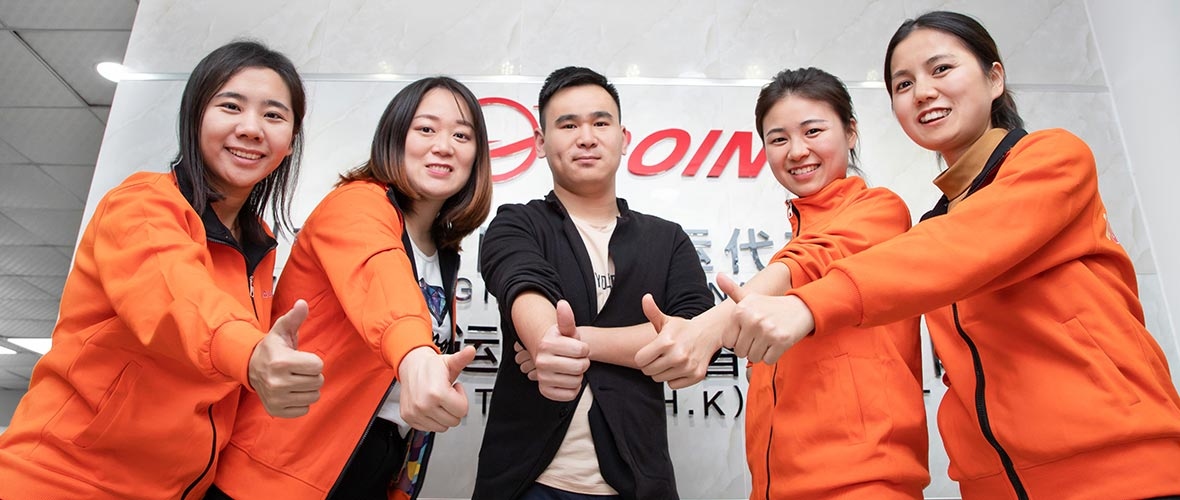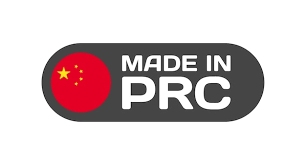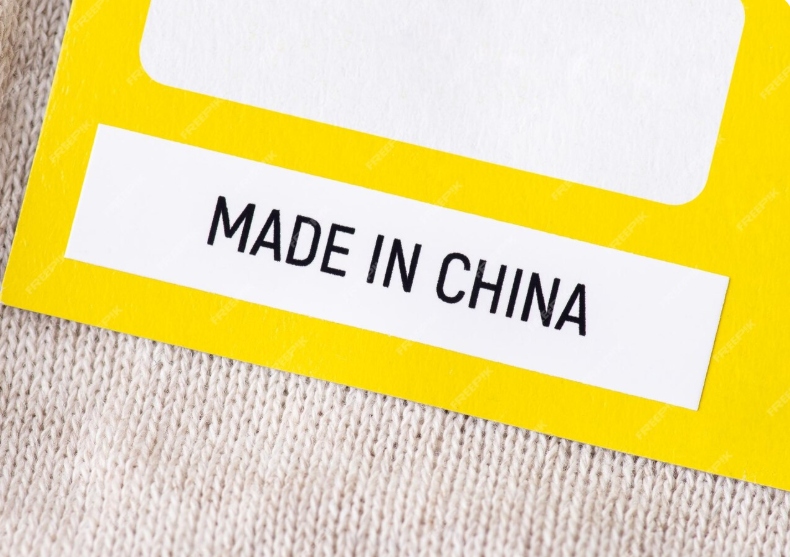
The term "PRC" refers to the People’s Republic of China. A "Made in PRC" label means a product was crafted in China. It shows the same origin as "Made in China" but is less familiar globally. Lately, factories have used this label more. They want to shift how people see their goods and adjust to market changes.
The "Made in PRC" label came up as a substitute for "Made in China." The older label often meant mass-made, cheaper items. Over years, China’s factories moved from low-cost goods to high-quality, creative products in many fields. Still, old views about Chinese products stuck around. Some factories picked "Made in PRC" to move away from these old ideas.

For a long time, "Made in China" suggested cheap, mass-made goods. It wasn’t always tied to top quality or new ideas. Early experiences with low-cost, less sturdy items built this view. Chinese factories have since boosted their quality and tech skills. However, changing these fixed ideas is hard.
Using "Made in PRC," factories show their products in a fresh light. The less-known term pulls focus from old biases about Chinese goods. This small branding tweak can sway buying choices. It helps in markets that avoid "Made in China" labels. It also matches modern marketing that values quality and global draw over just low prices.

A big reason for the switch is to fight stereotypes about Chinese manufacturing. With "Made in PRC," firms create a new story for their goods. They highlight quality, creativity, and strength. This avoids links to old negative views.
The global market is highly competitive. Branding matters a lot for standing out. Using "Made in PRC" lets firms show their goods as modern and globally appealing. It keeps the origin honest.
In marketing, how buyers think affects their purchases. A small shift like using "PRC" instead of "China" can spark interest or neutrality. This helps with buyers who might skip "Made in China" products. It works better when paired with branding that pushes quality and new ideas.
X Sourcing aids Amazon sellers in finding top-quality goods from trusted Chinese suppliers. Through tight supplier checks and quality tests, firms like X Sourcing help reshape global views of Chinese-made products.
Global trade rules demand clear country-of-origin labels. "Made in PRC" meets these rules. It plainly states China as the production country. Places like the United States and European Union accept this label. It must follow local customs needs.
As a WTO member, China sticks to global trade rules, including labeling. The WTO calls for clear and fair practices. Labels like "Made in PRC" are legally valid worldwide.
X Sourcing helps firms handle complex labeling and customs rules. Our know-how ensures easy compliance for Amazon sellers reaching global markets.
In the United States, strict rules cover labeling. The Federal Trade Commission (FTC) demands clear origin labels. "Made in PRC" works if it shows the true production place. Following these rules prevents legal trouble and builds buyer trust.
After Brexit, the UK set new origin rules under the UK-EU Trade Agreement. These decide if goods get lower tariffs. Factories must show detailed papers to prove origin. "Made in PRC" labels must meet UK customs rules to show the true source.
The EU has tough customs rules under its Common Customs Tariff. Imported goods must list their production country. "Made in PRC" is accepted in EU countries if it meets customs forms. This keeps trade clear and fair in the single market.
Australia requires origin labels for most imports under its Competition and Consumer Act 2010. "Made in PRC" is allowed but must be clear to inform buyers. These rules protect buyer rights and support smart buying choices.
Japan’s Customs Law demands clear origin labels for imports. "Made in PRC" must be easy to read. This lets buyers know where a product was made. Not following these rules can lead to import limits or fines.
Certificates of Origin (COOs) are vital in global trade. They confirm a product’s production country. These papers set tariff rates and ensure trade deal compliance. They also ease customs clearance. For "Made in PRC" goods, COOs ensure trade rule compliance.
To certify a product’s origin, exporters must give details on production, materials, and supply chains. Official bodies issue certificates to confirm origin rules. This matters for "Made in PRC" goods. Correct certificates avoid customs delays and secure trade benefits.
X Sourcing offers full sourcing help for Amazon sellers. Based in Yiwu, a trade hub, it links firms with trusted Chinese suppliers. Services cover supplier checks, quality tests, and FBA preparation. X Sourcing makes sourcing easy and meets global standards.
X Sourcing helps firms manage "Made in PRC" labeling rules. We do factory checks and ensure proper labeling before shipping. This aids Amazon sellers sourcing quality goods from China. Our skills cut customs risks and boost global market appeal.
A: Both labels mean the product was made in China. "Made in PRC" is a branding move to dodge stereotypes about Chinese goods.
A: There’s no real difference. Both show the product was made in China. The difference is in branding, not quality or rules.
A: No. They follow the same trade rules as Chinese goods. Labels must clearly show the origin, no matter the term.
A: Yes. Many quality goods use this label. Firms like X Sourcing ensure tight supplier checks and quality control for reliable sourcing.
A: "PRC" may seem more neutral than "China." It can avoid biases and create a better view of the product’s quality.
For help sourcing quality goods from trusted Chinese suppliers, contact X Sourcing via WhatsApp: +86-135-8625-9561 or Email: info@xsourcingchina.com